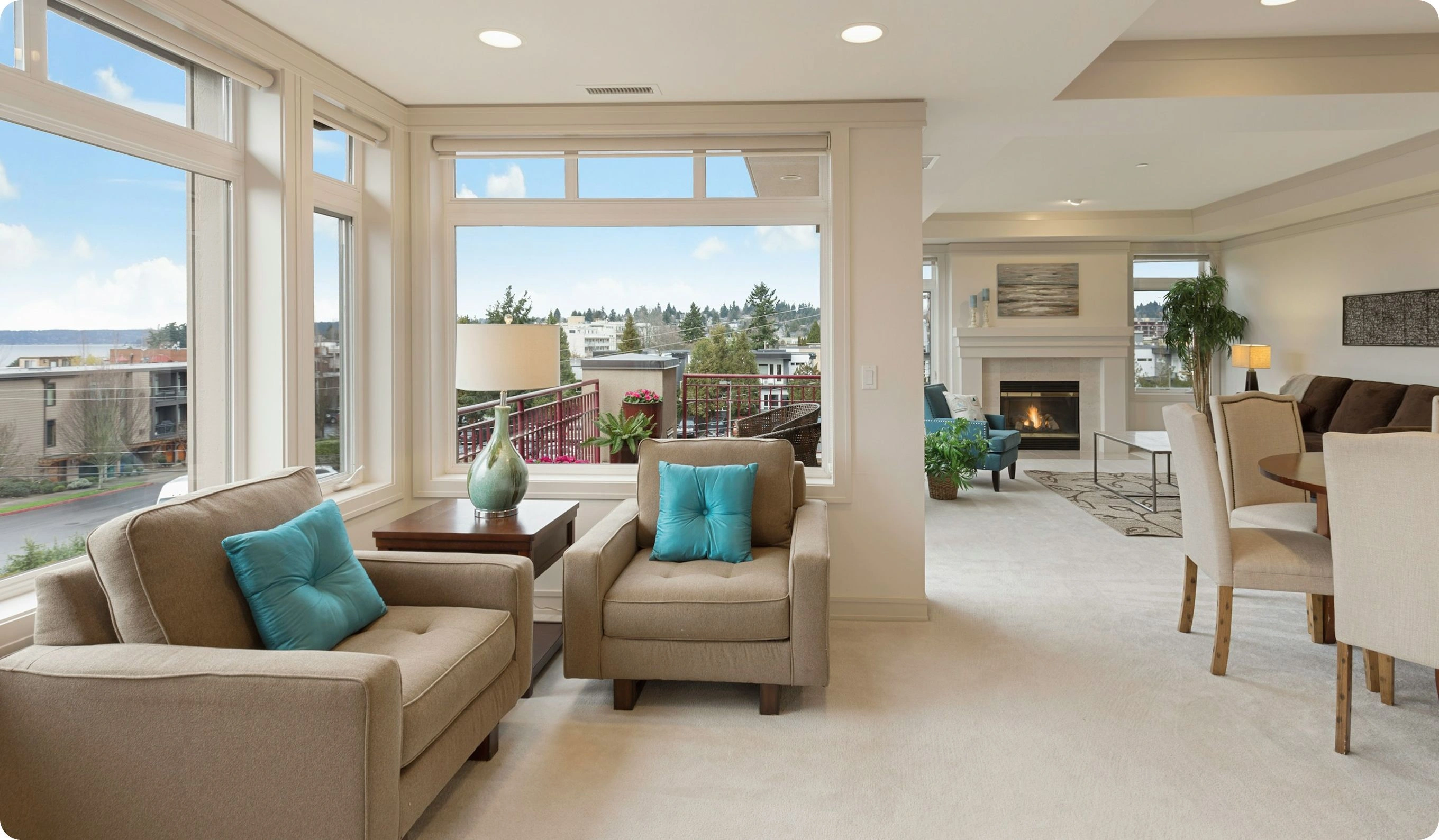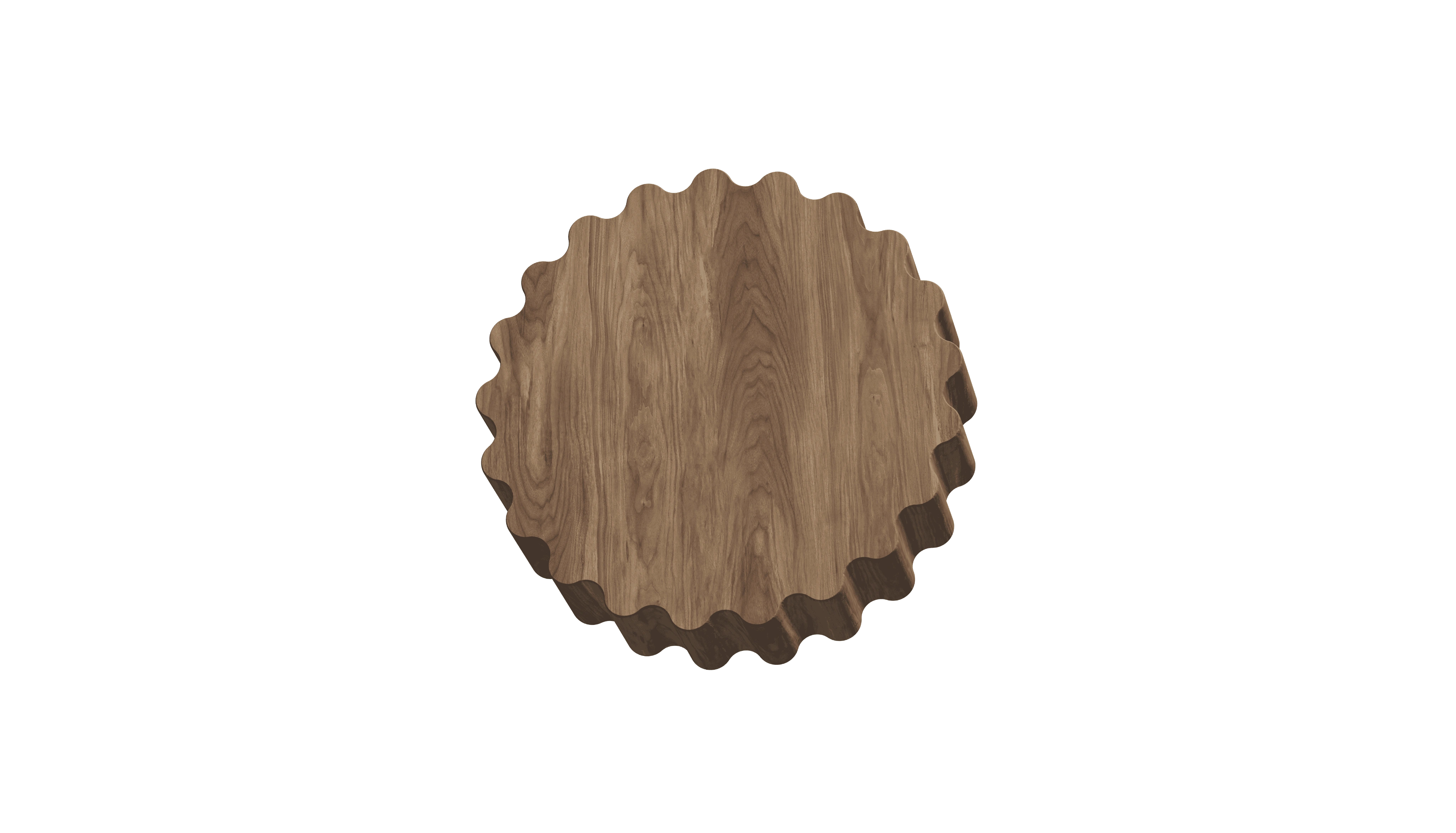Secure Pre-Owned Homes in NamibiaReal estate between dunesroads and dry air

Popular
cities and regions in Namibia
Best offers
in Namibia
Benefits of investment in
Namibia real estate
Modern cities in a stable African country
Windhoek offers a peaceful, organized urban setting with growing property interest.
Investment-friendly laws with full ownership rights
Buyers can directly own land and property with legal clarity.
Nature and tourism support rental markets
Coastal towns like Swakopmund attract seasonal residents and nature lovers.
Modern cities in a stable African country
Windhoek offers a peaceful, organized urban setting with growing property interest.
Investment-friendly laws with full ownership rights
Buyers can directly own land and property with legal clarity.
Nature and tourism support rental markets
Coastal towns like Swakopmund attract seasonal residents and nature lovers.

Useful articles
and recommendations from experts
Main title about secondary real estate in Namibia
Why secondary properties attract buyers
Secondary real estate in Namibia provides immediate access to fully operational coastal and urban homes that bypass the lead times, cost escalations and regulatory hurdles of new developments. Pre-owned villas, townhouses and apartments in key hubs—Windhoek, Swakopmund, Walvis Bay, Otjiwarongo and Lüderitz—come turnkey ready, connected to proven utilities and mature civic services. Properties feature potable water from NamWater’s municipal network, uninterrupted electricity supplied by NamPower with diesel-generator backups, mature stormwater and sewer systems, sealed asphalt roads maintained by local councils, and high-speed fibre-to-the-home broadband from MTC, Paratus and MTN. Interiors often retain distinctive Namibian touches—timber ceilings, terrazzo floors, Noordelike veranda shutters—while being fully modernized with energy-efficient double glazing, bespoke open-plan kitchens fitted with imported cabinetry, reinforced concrete foundations engineered for arid soils, modern sanitaryware, solar water-heating systems, and pre-wired smart-home controls. This turnkey readiness drastically reduces carrying costs, accelerates rental cash flows, and empowers buyers—expatriate executives, tour operators, local families or institutional investors—to generate returns from day one. Transparent historical sales and leasing records maintained by the Deeds Registry and major online portals provide robust comparables and valuation benchmarks, underpinning risk assessments and strategic acquisition planning by VelesClub Int.
Established neighbourhoods
Namibia’s secondary market is anchored by several mature precincts, each offering unique living and investment advantages. In Windhoek, suburbs such as Kleine Kuppe, Ludwigsdorf and Eros feature low-density villas and apartment complexes on landscaped plots, many turnkey-ready with private garages, solar-augmented water systems and secure perimeter fencing. Swakopmund’s historic quarter and Langstrand district deliver German-built villas and seafront flats with direct Atlantic views, communal pools and beach-access paths—ideal for holiday-let operations and retirees alike. Walvis Bay’s Marina and Narraville precincts host modern townhouse estates and converted guesthouses with private moorings, popular among maritime professionals and eco-tourists. Otjiwarongo’s suburban expansions near the Cheetah Conservation Fund comprise gated villa communities with solar fencing and rainwater harvesting, balancing wildlife-reserve proximity with turnkey comforts. Lüderitz’s colonial core offers renovated one- and two-bedroom flats in German-Kapp style buildings overlooking the harbour, catering to heritage tourism and permanent residents. Across these micro-markets, dependable civic services—sealed main roads, scheduled waste collection, reliable water and power mains, high-speed broadband and integrated coach links—ensure minimal post-purchase capital expenditure and seamless property operation.
Who buys secondary real estate
The buyer profile in Namibia’s secondary segment is diverse and stable. Expatriate professionals in mining, fishing and tourism secure turnkey homes in Windhoek and Swakopmund, valuing proximity to corporate offices, international schools and leisure amenities. Eco-tourism operators and lodge managers invest in coastal flats and desert farms for seasonal yields, leveraging turnkey readiness and VelesClub Int.’s holiday-management expertise. Local middle-class families purchase three- to four-bedroom villas in suburbs such as Kleine Kuppe and Ludwigsdorf for quality schooling—International School of Namibia and Windhoek Gymnasium—and secure community living. Retirees from Europe and South Africa choose beachfront apartments in Swakopmund and Langstrand for mild Atlantic climates and easy coastal access. Institutional investors and diaspora portfolios target multi-unit blocks in emerging corridors near Hosea Kutako and Walvis Bay airports for diversified rental streams, guided by clear exit-strategy modelling and occupancy analytics from VelesClub Int. Across segments, drivers include genuine move-in readiness, transparent title histories and integration into mature infrastructure networks that mitigate operational risk.
Market types and price ranges
Namibia’s secondary real estate spectrum spans a full range of property types and price tiers to suit varied investment and lifestyle objectives. Entry-level one-bedroom flats and studio apartments in Windhoek’s northern suburbs and Swakopmund’s outskirts start from approximately NAD 800,000 to NAD 1.2 million (USD 50,000–75,000), offering basic turnkey finishes, communal gardens and proximity to coach routes. Mid-range two- to three-bedroom townhouses and villas in Kleine Kuppe, Ludwigsdorf and Swakopmund CBD trade between NAD 1.5 million and NAD 3 million (USD 95,000–190,000), featuring granite countertops, modern bathrooms, private terraces and secure garages. Premium detached villas and luxury penthouses on the Langstrand seafront, Walvis Bay marina and Otjiwarongo conservancy edges command NAD 3.5 million to over NAD 7 million (USD 220,000–440,000)—driven by ocean- or bush-frontage, bespoke interior fit-outs and mature landscaped grounds. For scalable investors, small multi-unit complexes (4–8 units) in mixed-use zones of Windhoek and Swakopmund list between NAD 2.5 million and NAD 5 million, providing diversified rental income and economies of scale. Financing options through Bank Windhoek, FNB Namibia and SME Bank offer mortgage and lease-purchase schemes at competitive rates (7%–9% per annum) with typical down payments of 20%–30%. Documented net rental yields average 6%–8% per annum across core corridors—benchmarks integrated by VelesClub Int. into bespoke yield-modelling and strategic acquisition tools.
Legal process and protections
Acquiring secondary real estate in Namibia follows the Deeds Registries Act and Land Survey Act conveyancing framework. Transactions begin with a signed Deed of Sale and payment of a deposit—commonly 5%–10%—held in trust by the conveyancer. Buyers conduct due diligence: title deed verification at the Deeds Registry; cadastral boundary surveys by licensed land surveyors; structural and termite inspections; and utility connection audits for NamWater and NamPower meters. Upon satisfactory review, parties sign the final Deed of Transfer before a notary; transfer duty (up to 5% of the property value) and registration fees are paid. The deed is then registered, granting secure freehold title. Foreign nationals may acquire freehold property subject to Exchange Control approvals for remittances. Statutory protections include warranties against latent defects and recourse through the High Court. VelesClub Int. orchestrates end-to-end legal coordination—due diligence management, notarial liaison and registry filings—to ensure compliance, mitigate title risks and deliver a seamless closing for both domestic and international clients.
Best areas for secondary market
Certain micro-markets in Namibia stand out for infrastructure maturity, amenity clusters and rental dynamics. Kleine Kuppe and Ludwigsdorf in Windhoek yield 6%–7% thanks to strong expatriate and government leasing. Swakopmund’s CBD and Langstrand deliver yields of 7%–8% driven by coastal tourism and holiday-let demand. Walvis Bay’s marina precinct sustains yields of 6% backed by seaport and logistics tenancy. Otjiwarongo’s conservancy estates achieve yields of 6%–8% due to eco-tourism and wildlife lodge operations. Emerging belts along the B6 highway and near Hosea Kutako Airport present value-add prospects in subdivided farm blocks and mixed-use conversions, yielding near 8% as infrastructure upgrades progress. Each precinct benefits from sealed roads, reliable water and power mains, fibre broadband, and proximity to schools, hospitals, retail and transport hubs—ensuring transparent pricing, consistent occupancy and robust resale liquidity. VelesClub Int.’s proprietary neighbourhood-scoring methodology and on-the-ground research guide clients to the micro-markets that optimally align yield targets, capital-growth forecasts and lifestyle preferences within Namibia’s dynamic secondary real-estate ecosystem.
Why choose secondary over new + VelesClub Int. support
Opting for secondary real estate in Namibia delivers immediate possession, proven civic infrastructure and transparent historical performance—advantages seldom matched by speculative new-build schemes burdened by permit delays, material shortages and contractor uncertainties. Buyers avoid pre-launch premiums and extended handover timelines by selecting turnkey assets with operational water, power and broadband networks, reinforced foundations and clear title deeds. Secondary properties often showcase irreplaceable Namibian architectural character—timber verandahs, terrazzo floors, decorative stone façades—that new developments cannot replicate, enhancing cultural authenticity and long-term desirability. Lower entry premiums relative to greenfield projects free up capital for interior personalization, sustainable upgrades (solar PV, rainwater harvesting) or strategic portfolio diversification across multiple micro-markets. Mature neighbourhood services—reliable NamWater supply, uninterrupted NamPower power, sealed roads, integrated coach links, high-speed fibre broadband and top-tier medical and educational facilities—ensure seamless move-in and minimal post-purchase maintenance. VelesClub Int. enriches this acquisition journey with comprehensive end-to-end expertise: sourcing exclusive off-market listings, conducting exhaustive due diligence, negotiating optimal terms and managing all legal formalities. Our post-closing property management solutions—tenant placement, preventive maintenance coordination and transparent performance reporting—optimize occupancy rates and preserve capital value. Through proactive portfolio monitoring, annual market reviews and strategic advisory, VelesClub Int. empowers clients to maximize Namibia’s secondary real estate potential with confidence, clarity and operational efficiency.



